HIGHLIGHTS
* Future iPhones may come without any visible bezels on the front.
* Apple is already in discussions with display suppliers such as LG and Samsung for the development of the new technology.
* It could also implement an under-display camera, a major revamp in the internals would be required.
A future iPhone could have an extremely expansive display, with Apple asking its suppliers to develop a version that loses the need for a front bezel at all.
When Apple introduced the edge-to-edge display in its iPhone X, the company considerably increased the amount of the front of the iPhone dedicated to the display.
If Apple’s intentions for a future iteration come true, there could be even less space wasted by non-display elements.
In a Monday report from TheElec, Apple has made a request to screen suppliers Samsung Display and LG Display to develop a version of an OLED display that eliminates front bezels completely.
As part of the same request, Apple also wants improvements to the Thin Film Encapsulation (TFE) and under-panel camera (UPC) technologies. It also wants a more secure antenna space on top.
Both Samsung and LG are said to be working on the bezel-less OLEDs, as per Apple’s request.
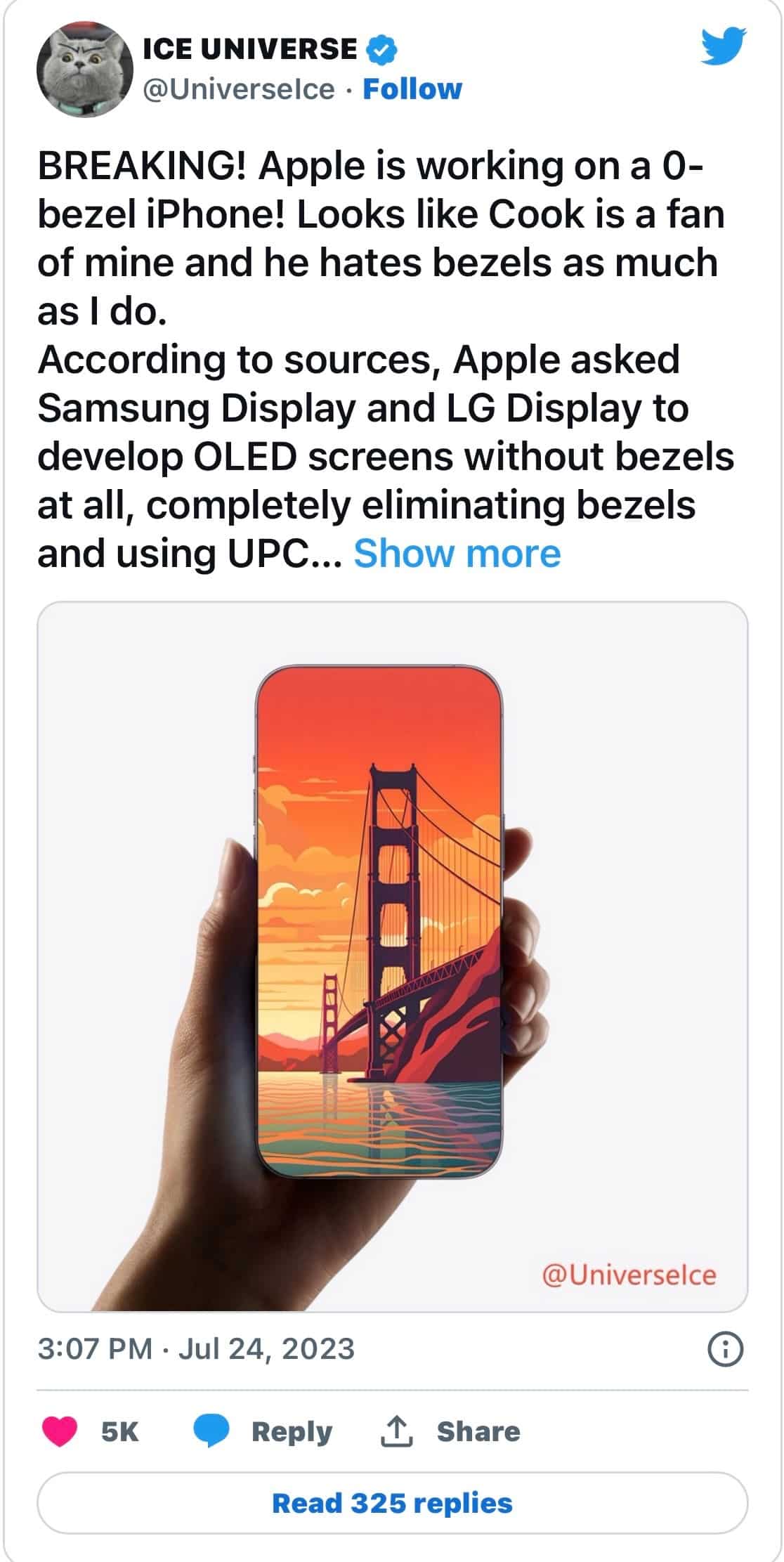
While Samsung has progressed with a curved edge display in its smartphones, a technique other vendors have also used, Apple apparently rejected the technology.
This was seemingly due to an optical distortion of the technique and an increased vulnerability to external shocks.
Creating a flat bezel-less display has its challenges, such as making the outer film encapsulation thinner and some limitations of UPC tech, including making components like the camera indistinguishable from the rest of the display.
Making the TFE thinner is a challenge since it consists of a tacking of inorganic and organic films, with the first blocking moisture and oxygen and the second increasing its flexibility.
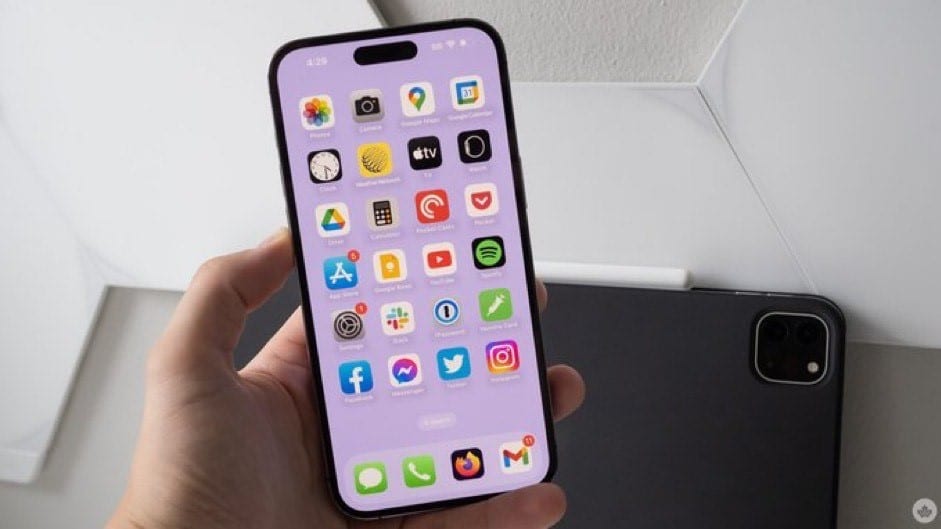
Thinning the inorganic film makes it harder to block moisture while doing the same to the organic film makes it tougher to block fine gaps in the inorganic film.
A thinner TFE process also makes it harder to add touch electrodes required for such displays to operate.
It is unclear when Apple will incorporate such displays into its product lineup, but it will probably take a few cycles to properly surface.
TheElec does have a good record when it comes to supply chain rumors, and less so for feature claims. It’s framed the rumor as stemming from the supply chain, making it more believable than not.
Apple iPhone Bezels Are Getting Smaller, But Will They Ever Totally Disappear?
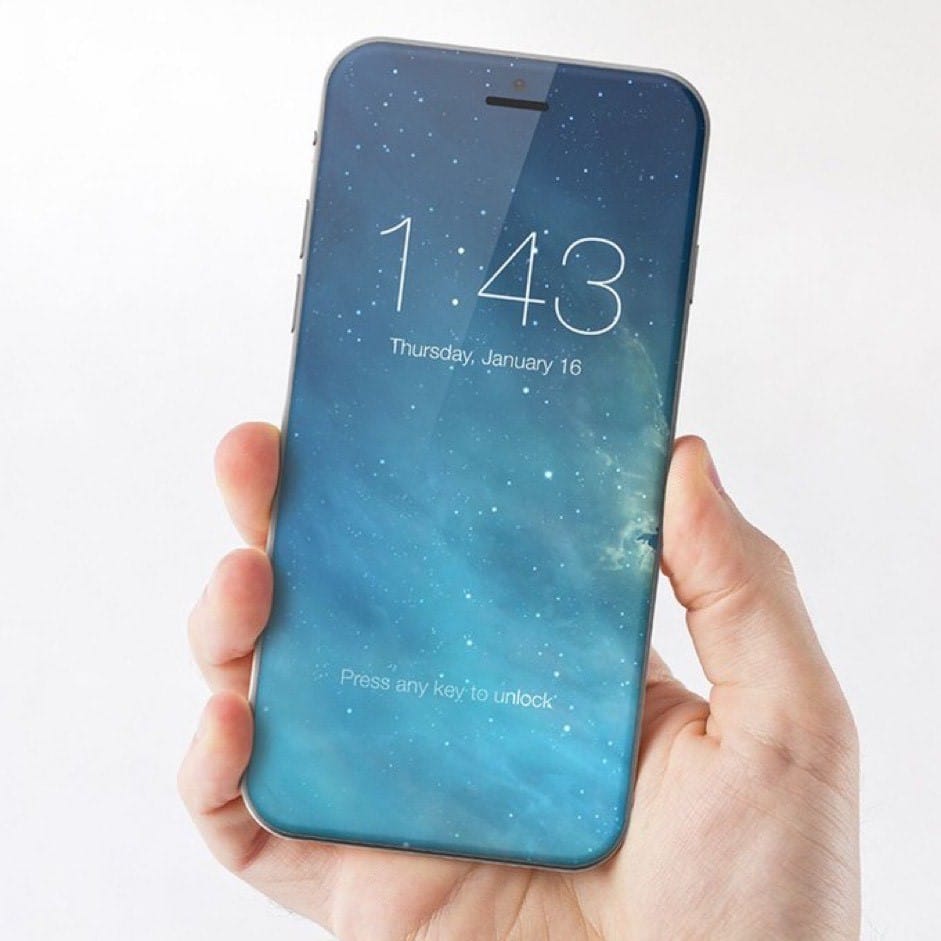
As you know, Apple prefers to focus on developing its own technology rather than manufacturing it.
This means they rely on manufacturers like Foxconn and TSMC to actually make their products like iPhone and Mac.
The story is similar for screen technologies. The company doesn’t make their own screens, so they work with companies like Samsung and LG.
So, if the tech giant wants to make a phone with a bezel-less OLED display, they’ll have to collaborate with these competitors.
However, creating an iPhone with no bezels is not an easy task. To achieve this, Apple would need to move all the electronic parts that currently live in the bezel to underneath the screen.
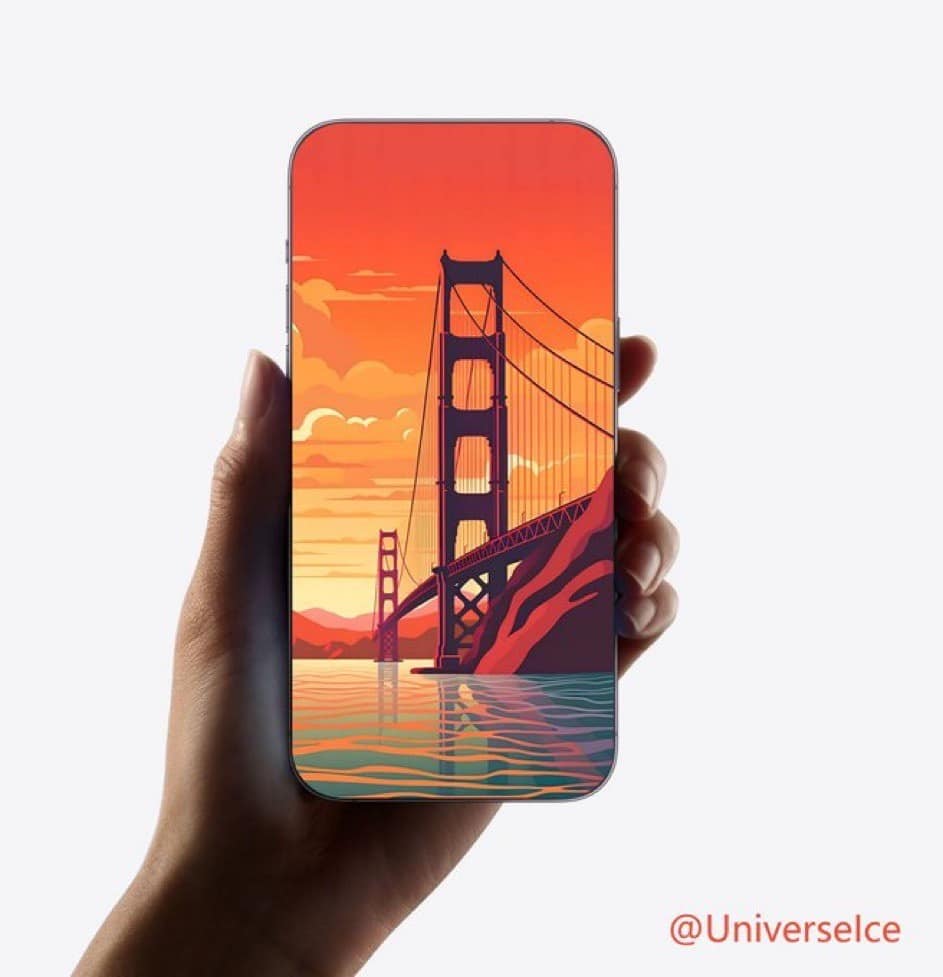
This involves making big advancements in two technologies called “Thin Film Encapsulation” and Under Panel Camera.
TFE, is like a protective coat for the screen, made of several thin layers of special materials.
This “coat” protects the OLED screen from getting damaged by moisture and oxygen. Apple is asking for these protective layers to be even thinner than they are now.
In this way, the company plans to achieve a full-screen experience not only by making the frames thin by simply arranging the circuits, but also by placing sensors such as the front camera and Face ID under the screen.
Although similar technology is already used in some Android models, the image clarity is not up to par due to insufficiently thin screen layers. Imagine looking through a window with a mosquito net; you can see outside, but the net affects the view’s quality.
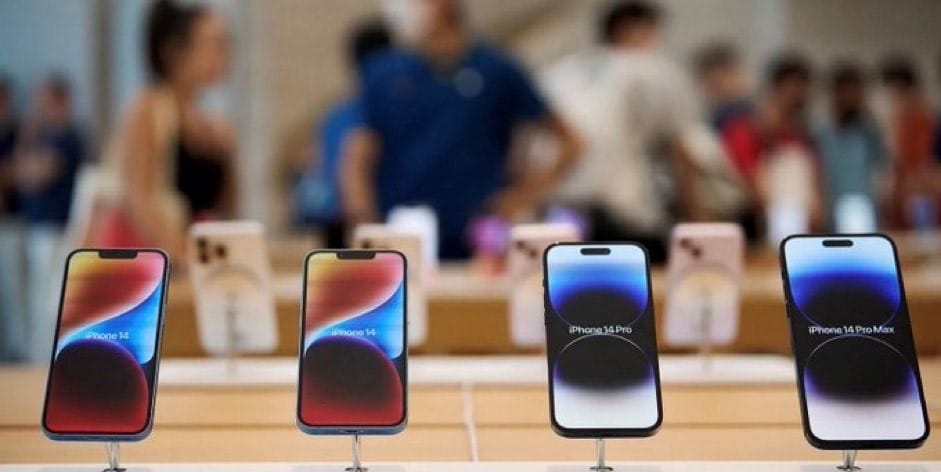
This could be a problem for a phone known for its camera quality. And it’s not just Apple; other big players like Samsung, Huawei, and Vivo also believe this technology needs more development before it’s ready for their top-tier models.
Furthermore, there are additional concerns to address. Apple is reportedly worried about potential antenna interference, which is a critical issue.
Plastic is an excellent material for signal transmission, which is why we can find plastic lines on the stainless steel frames used in iPhones. However, these lines have faced criticism in the past due to their negative impact on the phone’s durability.
Despite using plastic frames on the display for smooth signal traffic, they may not be enough to solve the problem.
Relocating the antennas beneath the display could lead to interference with cellular and Wi-Fi signals, creating further complications.
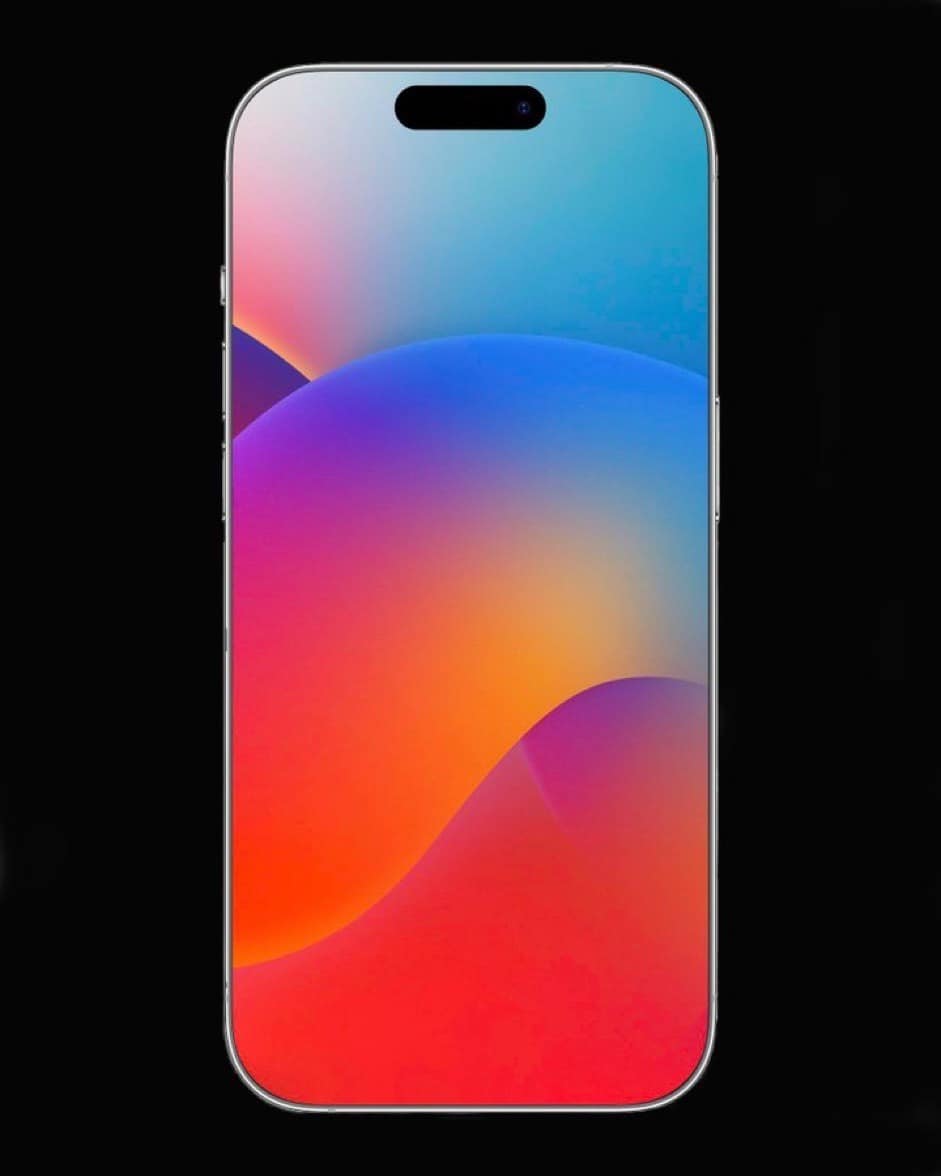
As a result, the development of the much-awaited ‘bezel-less’ iPhone might take an extended period to complete. Consequently, Apple’s plans for releasing a smartphone with a bezel-less OLED display remain uncertain.
Nevertheless, reports suggest that the company is actively collaborating with Samsung Display and LG Display to overcome these technical challenges.
If they succeed, Apple’s bezel-less iPhone would undoubtedly mark a significant innovation in the smartphone market.
iPhone with an under-display camera : Will this wish come true Another difficulty would be applying an even thinner touch sensor technology. An Under Panel Camera (UPC) could be implemented by this future generation of iPhones.
Samsung uses an early version of this technology for their Galaxy Z Fold series of devices and has named it UDC.
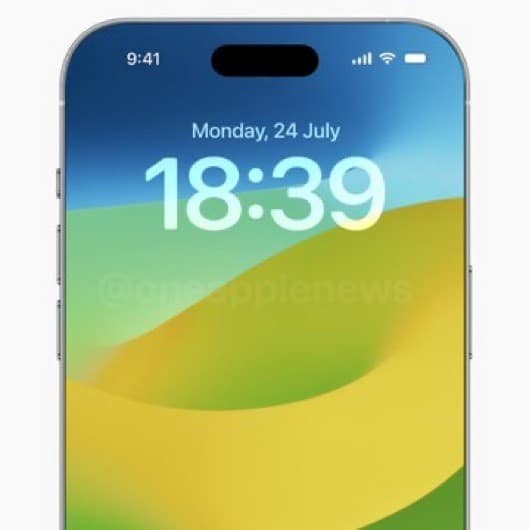
However, there are quality concerns as the display pixels block a good amount of light that can enter the camera sensor and the hole is still clearly visible at certain angles.
This new generation of panels would greatly help iPhone seem like a sleek slab of glass with an uninterrupted display.
The brand currently uses a notch on more affordable models while a Dynamic Island is present on the iPhone 14 Pro.
The full range of the new iPhone 15 series is expected to adopt the Dynamic Island which is the shape of a pill at the top of the display.
iPhone 15 series is also expected to feature much thinner bezels than its predecessors.
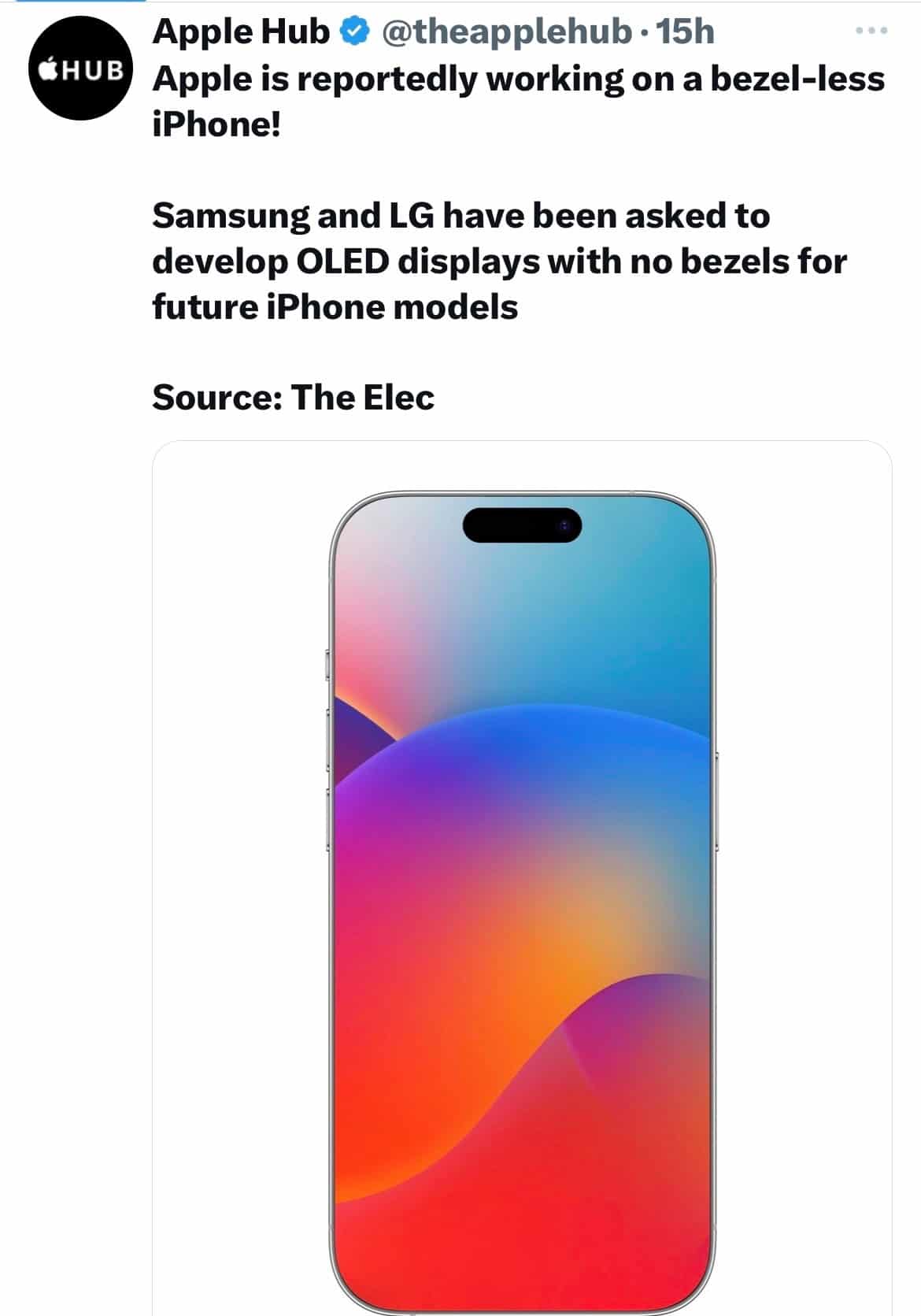
Faqs
1) Is Apple in talks with Samsung and LG for the supply of new panel technology?
Ans) The trillion-dollar company is apparently looking for a design that completely eliminates the bezels on the front of the device.
Apple is looking into panels that will appear to users like a piece of glass slab and continue with flat edges for their devices. The brand is not interested in curved displays similar to what Samsung and Chinese phones implement due to image distortion and durability issues.
Tipster Ice Universe tweeted that Apple is in touch with South Korean display suppliers, Samsung and LG Displays for the new technology.
The major challenge with the development would be bending all the circuits present in the bezel of the screen.
Further, antenna interference would need to be taken care of.
A new generation of TFE (thin film encapsulation for AMOLED displays) would need to be implemented to ensure that moisture and oxygen do not affect the screen.
2) Apple pushing suppliers to develop truly ‘bezel-less’ iPhone displays.Detailed Report ?
Ans) While iPhone bezels have gotten significantly smaller over the last several years, Apple wants its suppliers to do even more. According to a new supply chain report today, Apple is pushing Samsung and LG to develop technology that would truly make iPhone displays “bezel-less.”
The report comes via The Elec, which says that Apple has requested that LG Display and Samsung Display “develop OLED that removes all iPhone front bezels.”
To do this, Samsung and LG would need to improve different aspects of the iPhone display hardware, including the thin-film encapsulation and under-panel camera hardware. “It is a technology that still needs time to be applied for mass production,” the report explains.
The report goes on to explain that Apple is opposed to employing the curved edge displays used by Samsung on its flagship smartphones. In Samsung’s case, the company uses a “magnifying glass effect” around the edge of the phone display to make it appear truly bezel-less. Apple, however, has been “reluctant” to use this same approach.
Without applying a curved display like this, it is said that in order to implement the bezel design that Apple wants, it is possible to bend all of the circuits currently in the bezel area under the display. At this time, we need to free up antenna space and solve the interference problem.
Challenges to implement the bezel-less screen include thin film bag (TFE) and underpanel camera (UPC) technology. Product outer thin film bags should be thinner than they are now, and UPCs can be made so that they are not easily distinguished from the rest of the display to expand user immersion.
While these plans are further down the line, Apple is still aiming to significantly reduce the size of the bezel on the iPhone 15 Pro and iPhone 15 Pro Max.
Even doing this, however, has led to production issues, particularly for LG. A report last week suggested that the iPhone 15 Pro could face severe supply shortages due to production issues for the new display technology.
